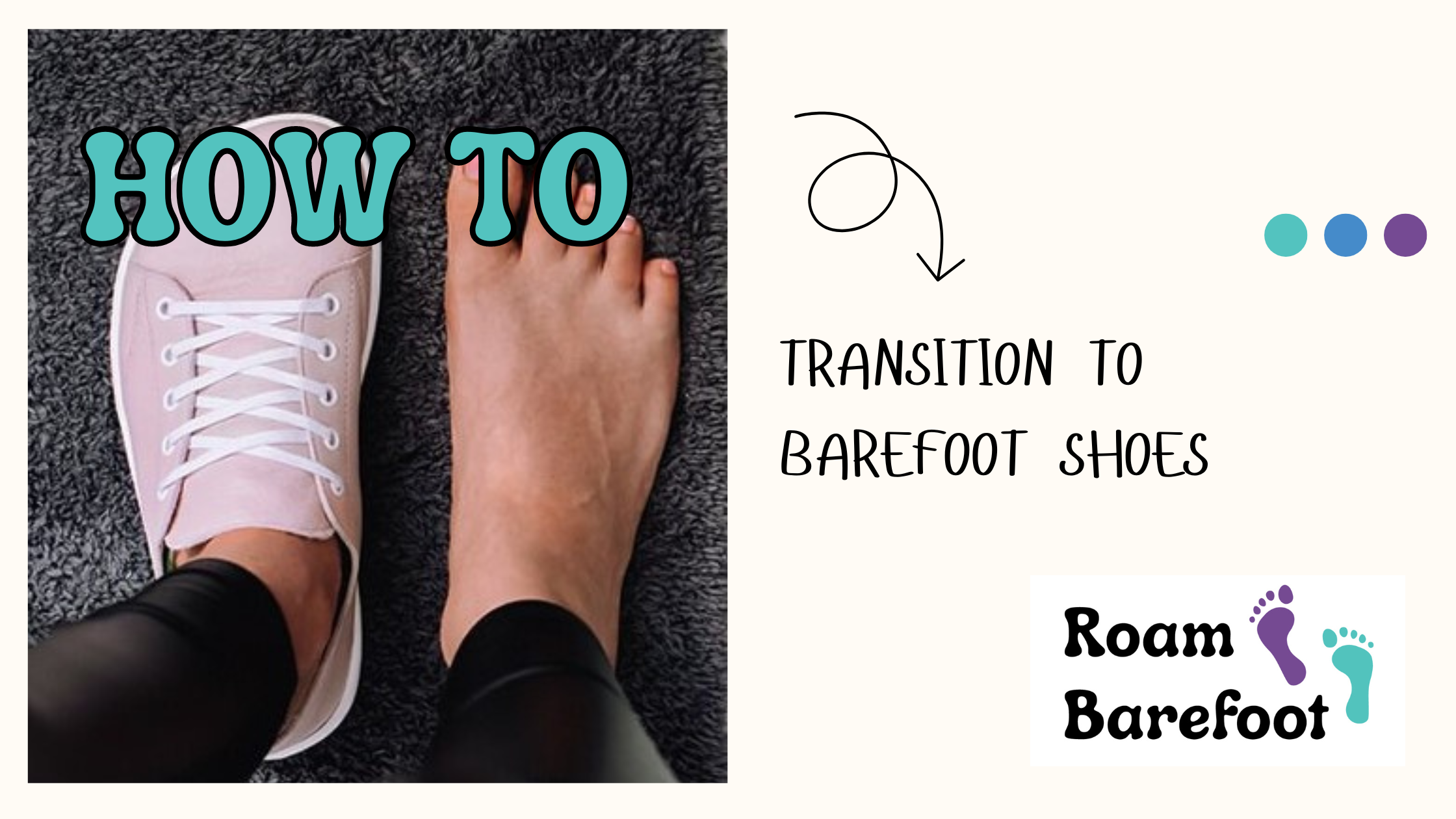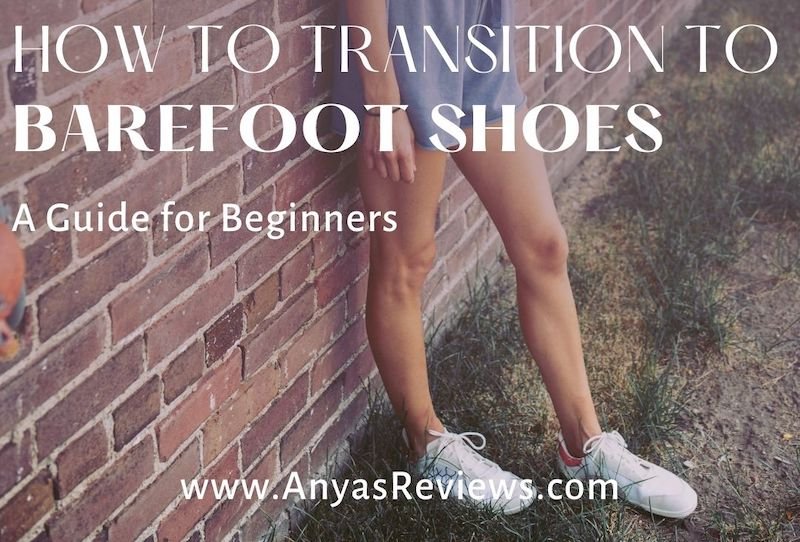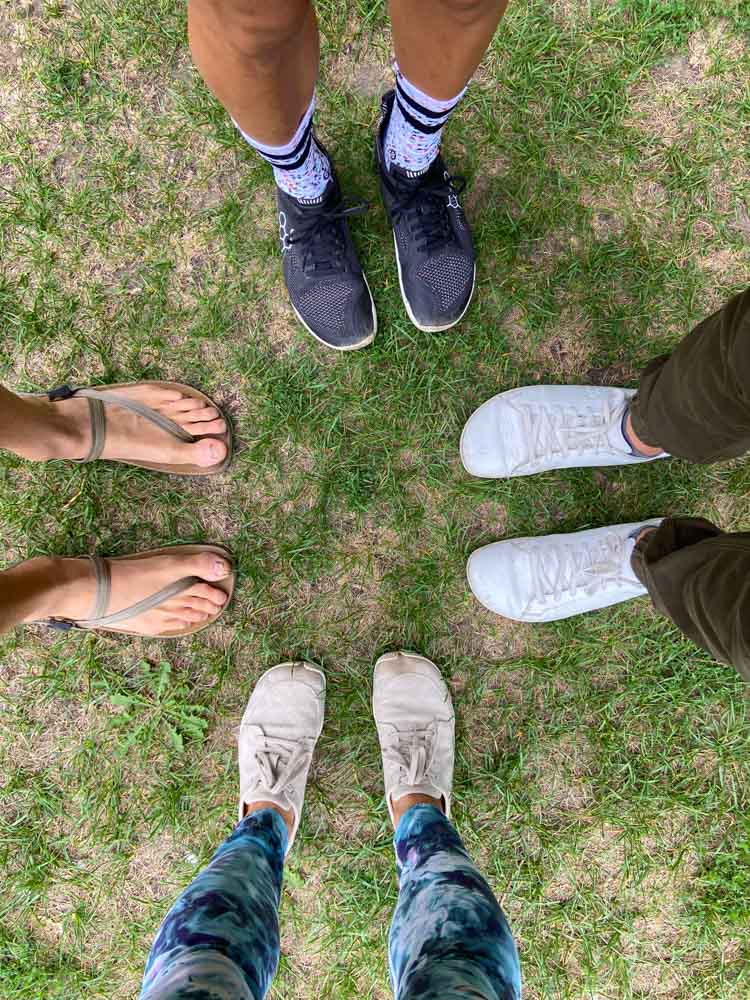More and more footwear enthusiasts and health-conscious individuals are making the switch from traditional shoes to barefoot shoes. With their minimalist design and focus on natural foot movement, barefoot shoes promise not just comfort but also various health benefits. However, transitioning to barefoot shoes is not as simple as swapping one pair for another. It requires consideration, understanding, and a phased approach.
Understanding Barefoot Shoes
Barefoot shoes, also known as minimalist footwear, are designed to provide a natural feel while protecting the foot from external elements. Unlike traditional shoes, which often have arch support, cushioning, and elevated heels, barefoot shoes allow the foot to engage in its natural mechanics.
What Makes Barefoot Shoes Different?
Unlike traditional footwear, barefoot shoes have several key features:
- Minimal Cushioning: Designed to allow the foot to feel the ground, improving balance and coordination.
- Low Heel-To-Toe Drop: Promotes a more natural foot strike.
- Wide Toe Box: Allows the toes to splay naturally, enhancing comfort and stability.
- Lightweight Materials: Reduces foot fatigue and mimics the feeling of walking barefoot.

Potential Benefits of Barefoot Shoes
People transitioning to barefoot shoes often report the following benefits:
- Improved foot strength and flexibility
- Better posture and alignment
- Reduced risk of injuries like plantar fasciitis and shin splints
- Enhanced proprioception and balance
Studies indicate that transitioning to barefoot shoes can improve overall foot health. For instance, a 2018 study published in the Journal of Foot and Ankle Research highlighted that individuals who wore minimalist shoes reported fewer injuries than those who wore traditional sneakers.
How to Transition to Barefoot Shoes

Transitioning to barefoot shoes should be approached gradually to allow the feet to adapt. Here’s how you can do it:
Step 1: Assess Your Current Footwear
Take stock of your current shoe collection. Recognize which shoes offer support and which ones are more restrictive. Understanding your starting point can help you make informed decisions about your transition.

Step 2: Start Slow
Begin by wearing barefoot shoes for short periods. Start with 10-15 minutes of walking around your home or during a casual outing. Gradually increase the duration as your foot strength improves. A common recommendation is to add 10% more time each week.
Step 3: Incorporate Foot Strengthening Exercises
Strengthening your feet can speed up your transition. Exercises like toe curls, foot rolls, and arch lifts can help strengthen the muscles in your feet. Try incorporating these exercises into your daily routine.

Example Exercise: Toe Curls
Place a towel on the floor and use your toes to scrunch it towards you. This simple exercise can help improve dexterity and strengthen your toes.
Step 4: Monitor Your Progress
Keep a journal of your experiences. Note any discomfort or pain and adjust your wearing schedule accordingly. If you experience persistent pain, consult a healthcare professional.

Real-World Footwear Experiences: Case Studies
Success Stories from Barefoot Shoe Users
Transitioning to barefoot shoes has been a game-changer for many. Here are a couple of real-world experiences:

Case Study 1: From Pain to Freedom
Sarah, a 34-year-old runner, struggled with recurring plantar fasciitis. After researching barefoot shoes, she decided to make the switch. Initially, she faced discomfort, but after a month of gradual transitioning, her pain diminished significantly. She now enjoys her runs without the fear of aggravating her injuries.
Case Study 2: A New Approach to Daily Life
Tom, a 45-year-old office worker, often experienced foot fatigue after long hours of sitting. After transitioning to barefoot shoes, he noticed a dramatic reduction in discomfort. The wider toe box allowed for natural foot movements, and he reported feeling more energized throughout the day.

Comparison Table: Barefoot vs. Traditional Shoes
| Feature | Barefoot Shoes | Traditional Shoes |
|---|---|---|
| Cushioning | Minimal | Extensive |
| Heel Drop | Low | High |
| Toe Box Width | Wide | Narrow |
| Foot Movement | Natural | Restricted |
| Weight | Lightweight | Heavier |
Tips for a Smooth Transition
Choose the Right Barefoot Shoes
Not all barefoot shoes are created equal. Here are a few tips to help you select the right pair:
- Fit Matters: Ensure that the shoes fit well and provide enough room for your toes to move freely.
- Consider Your Activities: Some barefoot shoes are designed for specific activities such as running, walking, or casual wear. Choose accordingly.
- Try Before You Buy: If possible, try on barefoot shoes in-store to assess comfort and fit.
Be Patient and Listen to Your Body
Transitioning to barefoot shoes can take time. If you experience pain or discomfort, take a step back and allow your feet to adjust. Patience is key. Everyone’s foot health journey is unique, and there’s no one-size-fits-all solution.
Educate Yourself
Research the science behind barefoot shoes. Understanding the benefits and risks will help you make informed decisions. Resources like the National Library of Medicine provide valuable insights into foot health and footwear choices.
Pros and Cons of Barefoot Shoes
Pros
- Enhanced foot strength: Encourages natural foot development.
- Improved posture: Promotes proper alignment.
- Versatile usage: Suitable for various activities.
- Increased sensory feedback: Better feel of the ground enhances balance.
Cons
- Adjustment period: Difficulty transitioning can occur.
- Not suitable for all terrains: Limited cushioning may be inadequate for rough surfaces.
- Not ideal for certain foot conditions: Individuals with specific foot issues should consult a specialist.
Product Highlights: Best Barefoot Shoes to Consider
Here are some popular barefoot shoes that can ease your transition:
Vivobarefoot Primus Lite II
A favorite among runners, the Primus Lite II is lightweight with a breathable mesh upper and a wide toe box. This shoe encourages natural foot movement and is ideal for various terrains.
Merrell Vapor Glove 5
Perfect for those looking for a zero-drop design, the Vapor Glove 5 features a thin, flexible sole that promotes excellent ground feel. It’s ideal for running and casual walks.
Xero Shoes Prio
With a comfortable fit and a 5,000-mile warranty, the Prio is an excellent all-around choice. Its versatile design makes it suitable for running, gym sessions, and everyday wear.
FAQs about Transitioning to Barefoot Shoes
1. How long does it take to adapt to barefoot shoes?
Transitioning can take anywhere from a few weeks to several months, depending on your foot health and how gradually you approach the change.
2. Can I wear barefoot shoes all day?
Initially, it’s best to wear them for short periods. Increase the duration gradually as your feet become accustomed to the new style.
3. Are barefoot shoes suitable for running?
Yes, many runners successfully use barefoot shoes. However, it’s important to transition slowly to avoid injuries.
4. What if I have foot pain when wearing barefoot shoes?
Stop wearing them and consult with a healthcare professional. It might be a sign that your feet need more time to adjust.
5. Do barefoot shoes provide enough support?
Barefoot shoes are designed to mimic natural foot movement rather than provide arch support. This design can strengthen foot muscles over time.
6. Can I use barefoot shoes for hiking?
Some barefoot shoes are suitable for hiking, but they may not provide sufficient support for rough terrain. It’s essential to choose a pair designed for that specific purpose.
7. Are there any risks associated with barefoot shoes?
Yes, potential risks include muscle soreness, injuries from overuse, and discomfort during the transition period. Listen to your body and consult a professional if needed.
8. How do I know if barefoot shoes are right for me?
If you’re looking for a more natural feel and have no significant foot issues, barefoot shoes may be a great choice. Always consult with a foot specialist if unsure.
9. What are some common brands of barefoot shoes?
Some popular brands include Vivobarefoot, Merrell, Xero Shoes, and Altra, each offering a range of styles and features.
10. Can I wear barefoot shoes in winter?
Many barefoot brands offer insulated options for colder weather. Look for models that can withstand wet or icy conditions.
11. How can I maintain my barefoot shoes?
Cleaning them regularly and allowing them to dry naturally will extend their life. Avoid exposing them to extreme heat.